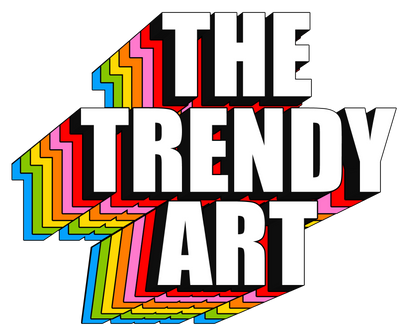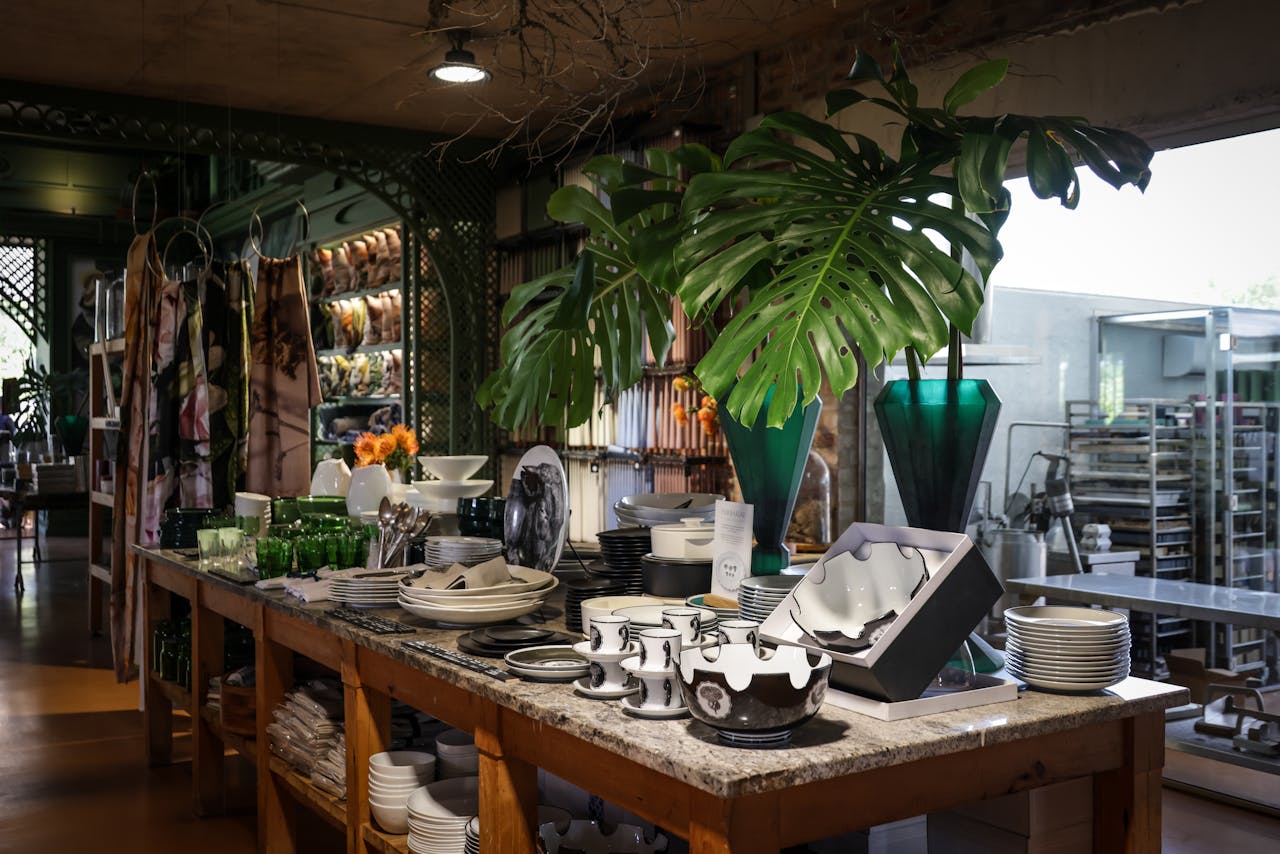Your Cart is Empty
🎁BUY 2, GET 1 FREE + FREE WORLDWIDE SHIPPING 🚚
🎁BUY 2, GET 1 FREE + FREE WORLDWIDE SHIPPING 🚚
What is the History Behind Graffiti Art ?
3 min read

Graffiti is one of the most direct forms of public expression – raw, visual, and often political. Whether sprayed on city walls or scratched into ancient stone, it’s always reflected what people felt but couldn’t always say.
Its story spans thousands of years and touches on art, protest, and rebellion. Let’s look at how graffiti grew from markings in caves to a globally recognised art form.
Ancient Markings and Early Messages
Long before the word “graffiti” existed, people were using walls as a surface to communicate.
-
Cave art, such as the 40,000-year-old handprints in Indonesia and Spain, shows early humans recording symbols, animals and rituals.
- In Ancient Rome and Pompeii, graffiti included everything from political messages to jokes and gossip, carved into stone and plaster.
- Many of these ancient writings reveal everyday frustrations, humour, and even affection, not so different from the messages you might see scrawled in public today.
These markings weren’t vandalism; they were public voices, and that theme hasn’t changed much.
Modern Graffiti
Modern graffiti took shape in 1970s New York, where young people began writing their nicknames or “tags” on buildings, buses, and subway trains. It started small but grew quickly into a large-scale subculture.
Murals emerged, often bold and colourful, covering full trains and entire building sides. These weren’t just displays of artistic skill; they were ways to stand out in a city that often overlooked them.
Graffiti moved fast, whether that be different styles, rules, and rivalries developed. Cities like London, Berlin, and São Paulo adopted their own versions, helping graffiti evolve into a global movement.
Graffiti as Protest and Public Voice
Graffiti is more than art, it’s also a form of protest, because when traditional platforms are closed off, people turn to public space to be heard.
- Walls become a canvas for political messages in areas of conflict
- Slogans and symbols are often used to challenge authority or inequality
- In countries where speech is restricted, graffiti offers anonymous but powerful resistance
Some of the world’s most photographed graffiti sits on dividing walls and occupied territories, proof that public art still holds power where freedom is limited.
Street Art
The shift from graffiti to what’s now often called “street art” came in the 1990s and 2000s. Works became more image-based, more conceptual, and more welcome in mainstream spaces.
At the centre of this transition is Banksy’s work, the anonymous British artist known for sharp, witty stencils. His works often appear overnight and offer commentary on politics, war, consumerism or inequality. Whether on a crumbling wall or in an auction house, Banksy’s pieces spark conversation, and sometimes controversy.
Though his identity remains unknown, his global influence has helped redefine graffiti as something that can be both rebellious and respected.
When Is Graffiti Illegal and When Is It Celebrated?
Graffiti exists in a strange space. It can be criminal one day and praised the next, often depending on who painted it, where, and what it says.
Here’s what tends to shape public reaction:
- Permission - Was it authorised or done without consent?
- Location - Is it on private property, heritage buildings, or forgotten alleyways?
- Message - Does the work have social value, or is it seen as meaningless tagging?
-
Public opinion - Communities often determine whether graffiti is seen as art or a nuisance.
Some cities commission street murals to attract visitors. Others paint over pieces just hours after they appear. The same artist might be celebrated at a gallery and fined for painting a wall across the street.
A Living, Temporary Art Form
Unlike gallery works, graffiti doesn’t wait to be curated. It appears suddenly, sometimes in protest, sometimes in celebration, sometimes just because someone had something to say.
Its impermanence is part of the appeal. Graffiti fades, it’s painted over, or it’s washed away. But while it lasts, it captures a moment in time, a feeling, a movement, or a message that needed to be shared.
And that’s what gives graffiti such staying power in the history of art. It’s not static. It lives and breathes in the same spaces we do.
Graffiti Art as a Whole
Graffiti is storytelling without permission. It’s urgent, emotional, political, funny, sometimes all at once. From cave walls to city streets, it has always existed just outside the rules.
Whether it’s praised, banned, preserved or erased, graffiti reflects a universal need to be seen and heard. And even in a world full of noise, a message on a wall can still stop you in your tracks.



